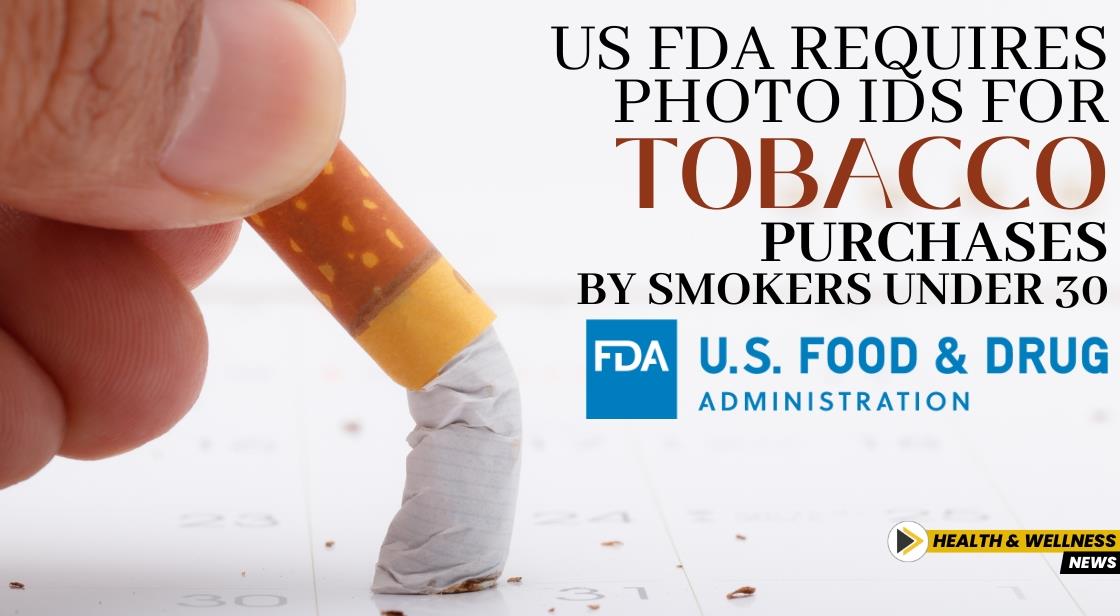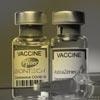US FDA Requires Photo IDs for Tobacco Purchases by Smokers Under 30

News Synopsis
On Thursday, the U.S. Food and Drug Administration (FDA) implemented a major update to its regulations regarding the sale of tobacco products, introducing a new rule designed to enhance age verification procedures. The revised regulation now mandates that retailers must verify the age of all individuals under 30 years old, a notable increase from the previous requirement to verify those under 27.
This adjustment reflects the FDA's commitment to bolstering its efforts in preventing tobacco use among underage individuals and mitigating the risks of addiction within younger age groups. By expanding the age verification threshold, the FDA aims to create a more rigorous and effective barrier against youth access to tobacco products, thereby promoting public health and reducing the prevalence of tobacco-related diseases. This regulatory change is part of a broader strategy to address the growing concerns over youth tobacco consumption and its long-term impact on health.
Restrictions on Tobacco Sales via Vending Machines
In addition to raising the age verification requirement, the FDA has introduced new restrictions on where tobacco products can be sold. Specifically, tobacco sales through vending machines are now prohibited in locations where individuals under 21 are allowed to be present or enter. This rule marks an increase from the previous restriction, which applied to locations where individuals under 18 were permitted. The new regulation reflects a broader effort to limit access to tobacco products for younger individuals and reduce opportunities for youth to purchase these items.
FDA’s Continued Focus on Tobacco Regulation
The FDA's latest actions are part of a longstanding initiative to address the public health challenges associated with tobacco use. The agency has been increasingly focused on mitigating preventable deaths linked to smoking and other tobacco products. This includes ongoing efforts to limit the accessibility of tobacco to minors and reduce the prevalence of smoking-related diseases. Brian King, director of the FDA's Center for Tobacco Products, emphasized the importance of these measures, stating, "Decades of science have shown that keeping tobacco products away from youth is critical to reducing the number of people who ultimately become addicted to these products."
Concerns About Targeted Marketing
The World Health Organization (WHO) has highlighted ongoing concerns about how tobacco companies target younger audiences. In May, the WHO reported that tobacco companies are actively working to attract a new generation of smokers through strategies such as social media marketing and sponsorship of sports and music events. These practices underscore the need for stringent regulations to prevent tobacco companies from exploiting young people and to combat the rising trends in nicotine addiction.
Historical Context and Recent Developments
The FDA's recent rule change follows previous regulatory actions aimed at reducing tobacco use. In 2019, the FDA raised the minimum legal age for tobacco use from 18 to 21 years. This shift was part of a broader strategy to decrease youth smoking rates and address the public health crisis associated with tobacco consumption. According to the American Lung Association, smoking remains the leading preventable cause of death in the United States, responsible for more than 480,000 deaths annually.
Market Reactions and Industry Impact
Following the announcement of the new regulations, shares of major tobacco companies, including Philip Morris and Altria, showed little movement in morning trading. This muted response may reflect investor sentiment about the incremental nature of the FDA’s latest rules or the tobacco industry’s adaptability to evolving regulatory landscapes. Nevertheless, these changes are expected to have a long-term impact on tobacco sales and market dynamics.
Conclusion
The FDA's updated regulations on tobacco sales and age verification mark a pivotal advancement in the fight against tobacco addiction and the promotion of public health. By implementing more stringent age verification requirements, the FDA seeks to close loopholes that have historically allowed underage individuals to access tobacco products. Additionally, the new restrictions on tobacco sales through vending machines aim to further limit youth exposure to these harmful substances.
These regulatory changes are part of a broader strategy to address nicotine addiction, particularly among younger populations who are more susceptible to the long-term health risks associated with tobacco use. The FDA’s approach combines these new measures with previous regulatory efforts, such as restrictions on tobacco advertising and flavor bans, to create a robust framework for reducing tobacco use. This comprehensive strategy reflects a commitment to safeguarding future generations by mitigating the adverse health impacts of tobacco and ensuring that public health standards evolve in response to emerging challenges.
You May Like









